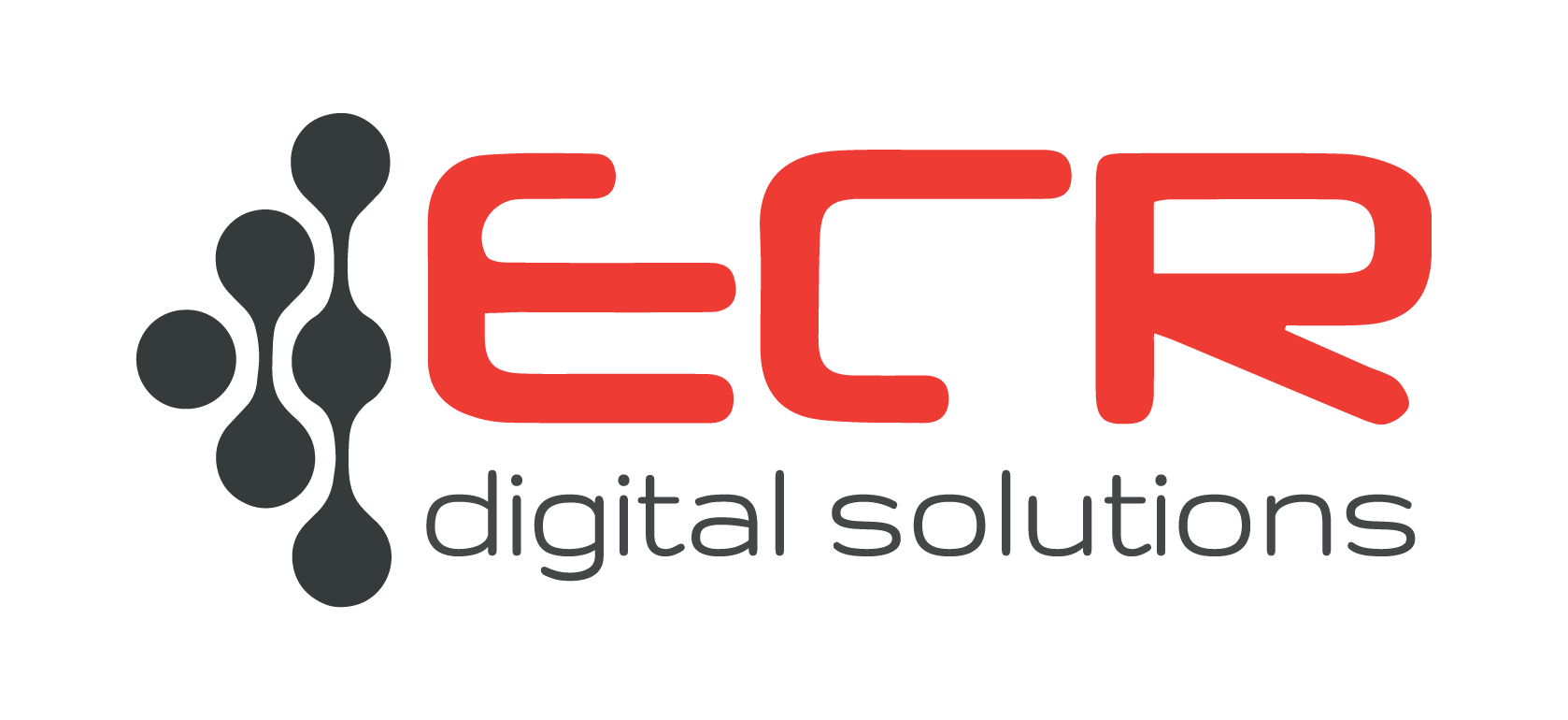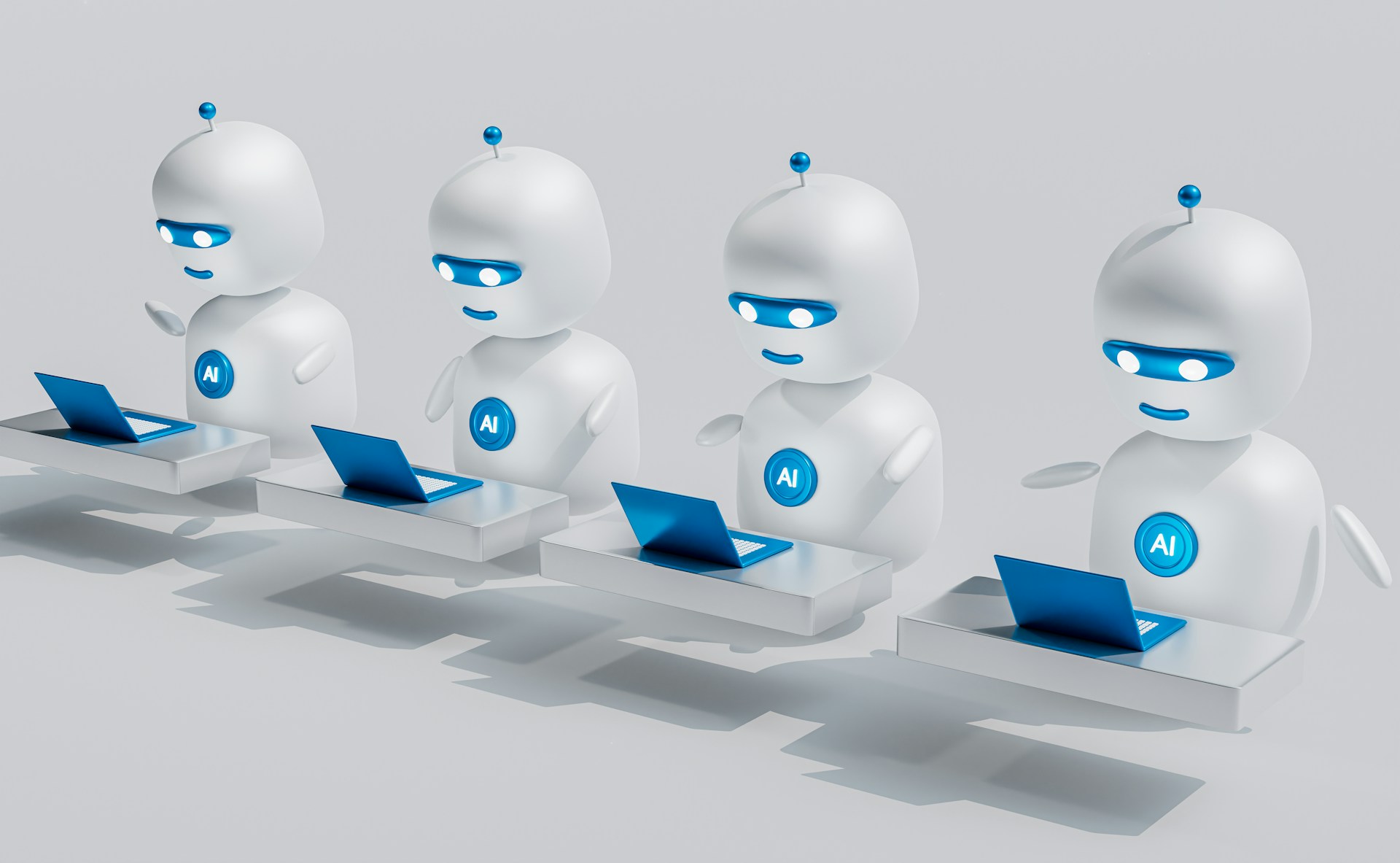Transforming Business Efficiency with RPA and AI Integration
Wed 05/02/2025 15m read 1352 views
LMS and AI Assistants in Teaching: Challenges and Solutions
In the modern education landscape, technology has become a pivotal force driving change. As Learning Management Systems (LMS) and Artificial Intelligence (AI) continue to evolve, their impact on teaching and learning is profound. This article explores the current state of teaching and learning, what an LMS is, the role of AI in education, whether combining AI with teaching is a wise move, and whether AI could potentially replace traditional teaching methods in the near future.

Current State of Teaching and Learning
Education today still largely relies on traditional methods such as lectures, physical classrooms, and printed materials. While effective for centuries, these methods face challenges in scalability, personalization, and engagement.
- Limited Personalization: Each learner has unique needs, yet traditional methods struggle to adapt.
- Geographic Barriers: Students in remote areas often lack access to quality education.
- Engagement Issues: Conventional methods can fail to captivate tech-savvy learners.
Although online learning tools have gained traction, there is a need for innovative solutions to address these persistent challenges.
What is an LMS?
A Learning Management System (LMS) is a software platform that facilitates the management, delivery, and tracking of educational content.
Key Features of an LMS:
- Content Management: Teachers can upload, organize, and distribute materials seamlessly.
- Progress Tracking: Enables monitoring of student performance through assessments and analytics.
- Collaborative Tools: Discussion forums, group assignments, and virtual classrooms enhance interaction.
- Scalability: Accommodates large numbers of learners, making it ideal for organizations and institutions.
An LMS bridges the gap between traditional teaching and digital education by providing a centralized platform for both students and educators.
The Role of AI in Education
Artificial Intelligence has made significant inroads into the education sector, complementing LMS and traditional teaching methods. AI tools can analyze vast amounts of data, personalize learning experiences, and provide real-time support.
How AI Supports Education:
- Personalized Learning Paths:AI-driven algorithms adapt content to individual student needs, ensuring a tailored learning experience.
- Automated Administrative Tasks:Grading assignments, tracking attendance, and generating reports become faster and more efficient.
- Real-Time Feedback:AI tutors and chatbots answer questions instantly, offering continuous learning support.
- Predictive Analytics:By analyzing student performance, AI identifies areas of improvement and potential dropouts, enabling timely interventions.
Should AI Be Integrated into Teaching?
The integration of AI into teaching offers numerous advantages. However, the decision requires careful consideration of the following factors:
Benefits of AI Integration:
- Enhanced Efficiency: Automating routine tasks allows educators to focus on teaching.
- Improved Accessibility: AI-powered tools make education available to students with disabilities or those in remote areas.
- Data-Driven Insights: Educators gain valuable insights into student behavior and learning patterns.
Challenges to Consider:
- Cost of Implementation: Advanced AI systems can be expensive to develop and maintain.
- Data Privacy Concerns: Protecting student data is paramount in AI-driven systems.
- Over-Reliance on Technology: Excessive dependence on AI could undermine critical thinking and human interaction.
While AI holds immense potential, its implementation should be complementary, not a replacement for human educators.
Can AI Replace Traditional Teaching in the Near Future?
The question of whether AI can fully replace traditional teaching methods is both intriguing and controversial.
Why AI Cannot Fully Replace Human Educators:
- Emotional Intelligence: Teaching involves empathy, understanding, and motivation—qualities that AI cannot replicate.
- Complex Problem-Solving: Educators provide nuanced explanations and foster critical thinking in ways AI cannot.
- Cultural Sensitivity: Human teachers understand diverse cultural contexts and adapt their methods accordingly.
Future Possibilities:
While AI may not replace educators entirely, it will continue to revolutionize how education is delivered. Hybrid models combining the strengths of human teachers and AI tools are likely to become the norm.
Conclusion
LMS and AI are transforming the education sector by making learning more accessible, personalized, and efficient. However, these technologies are best viewed as tools to enhance, not replace, traditional teaching. The integration of AI into LMS and teaching practices offers a promising future, provided it is implemented thoughtfully and ethically.
By leveraging the strengths of both human educators and advanced technology, we can create an educational system that is inclusive, engaging, and prepared for the challenges of the 21st century.
Related articles










